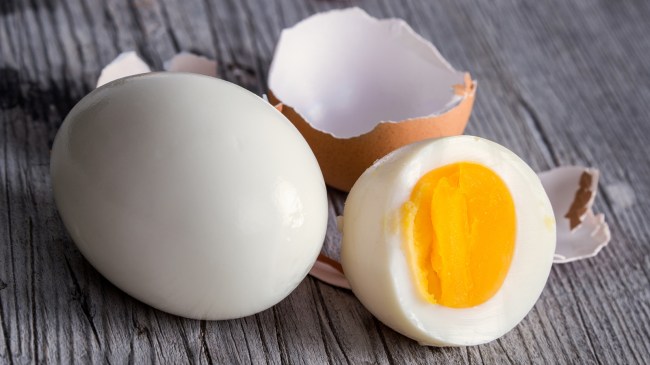iStockphoto
Making a hard-boiled egg is a seemingly straightforward process that can nonetheless be surprisingly tricky to master. However, scientists in Italy believe they’ve figured out the ideal method to make them perfectly every single time.
If you’re going to make eggs in this economy, you want to make sure you really know what you’re doing before you start cooking them up. I think most adults know how to properly scramble or fry them on a consistent basis, and while I consider myself a pretty competent amateur chef, I’d be lying if I said I’ve managed to master the art of the hard-boiled egg despite plenty of effort on my end.
The most common “recipe” for that particular form of preparation is about as straightforward as you can get: you put the eggs into boiling water, take them out when you think they’ve reached your desired doneness, and chow down.
However, there are plenty of potential sources of frustration, whether it’s accidentally cracking one when you put it in the pot, discovering you’ve overcooked (or undercooked) a batch, and, of course, the part where you have to extract them from the shell.
Thankfully, it appears a team of scientists has finally nailed down the perfect method.
On Thursday, the academic journal Communications Engineering published a paper that was put together by researchers at the University of Naples who set out to…crack the code for the perfect hard-boiled eggs.
According to the trials they conducted, the key is a “periodic cooking” method that allows the yolk and the albumen (the white stuff) to reach their ideal texture at the same time; the former forms best at a temperature of 149°F while the latter is more suited for 185°F.
The solution is a bit more involved and labor-intensive than the approach most people harness, as you need a pot of boiling water and another vessel with water kept at 86°F (a sous vide machine is a virtual necessity for the second one).
Once you’re situated, you place the eggs in the boiling water for two minutes before transferring them to the cooler liquid for another two (the use of a steamer basket or some other tool that will let you transport all of them at the same time is heavily recommended).
That back-and-forth process is completed eight times for a grand total of 32 minutes. The scientists say their finding determined the method not only led to an ideal texture compared to other approaches but also led to cooked eggs that contain higher levels of polyphenols and amino acids that make them more nutritionally beneficial.
Sciences strikes again.

